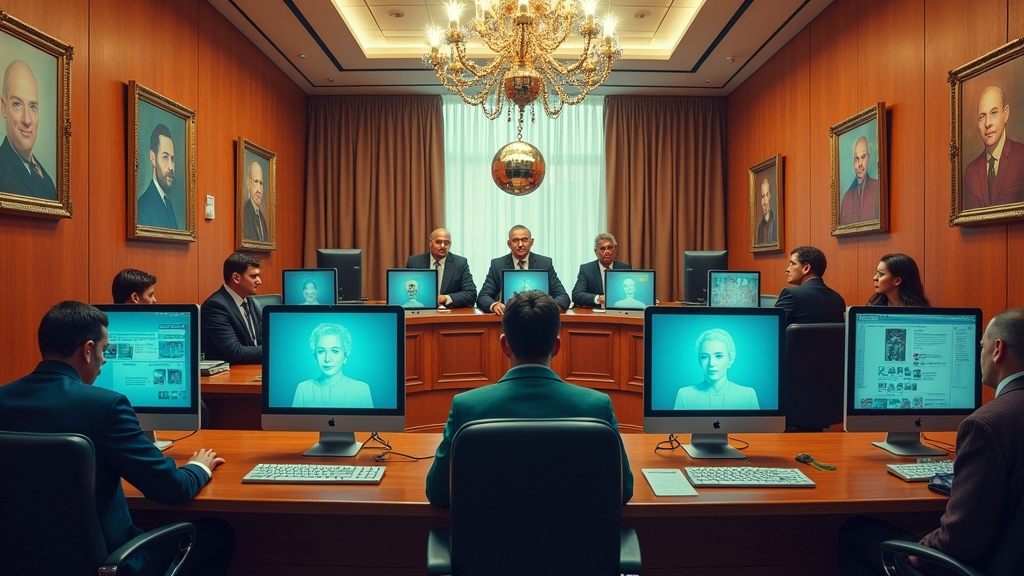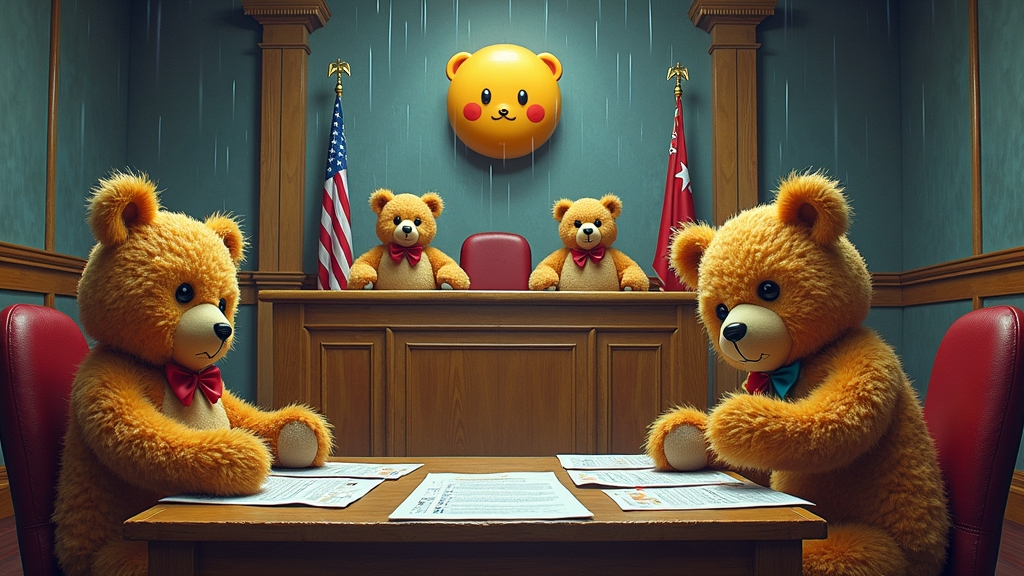COMPUTERS LEARN TO SEE, IMMEDIATELY BEGIN JUDGING YOUR SELFIES
In a groundbreaking development that will surely end well for humanity, computers can now see the world exactly like we do, only much faster and with significantly less empathy.
SILICON SPIES FINALLY STOP ASKING “WHAT AM I LOOKING AT?”
MIT alumni Cody Coleman and William Gaviria Rojas have created Coactive, a company that helps machines understand visual content so they can properly judge everything you’ve ever photographed or filmed. No longer will your embarrassing vacation photos remain safely buried in digital obscurity – now they can be instantly categorized, analyzed, and potentially used against you in algorithmic court.
“About 80 to 90 percent of the world’s data is unstructured,” explained Coleman, who apparently thinks helping machines make sense of our visual chaos is somehow a good idea. “We’re basically giving businesses superpowers to see everything you never wanted them to see.”
MACHINES FINALLY UNDERSTAND WHAT’S IN YOUR PHOTOS (AND THEY’RE NOT IMPRESSED)
Before Coactive, Reuters journalists wasted precious seconds manually tagging photos like prehistoric cave-dwelling losers. Now, with the click of a suspiciously benign button labeled “Enable AI Search,” machines can instantly understand context, emotion, and probably your deepest insecurities in every image.
Dr. Seymour Pixels, Director at the Institute for Digital Voyeurism, praised the technology: “For centuries, humans had the advantage of being able to see things. Now machines can see too, and they’re getting really f@#king good at it. Sleep tight!”
CONTENT MODERATION JUST GOT CREEPILY EFFICIENT
Fandom, a platform for people who know way too much about fictional universes, previously took 24 to 48 hours to review potentially offensive content. Thanks to Coactive, they’ve slashed that time to 500 milliseconds, which means your questionable fan art is being rejected almost before you’ve finished posting it.
“We can now codify community guidelines at inhuman speeds,” said an unnamed Fandom spokesperson, presumably while a machine watched their facial expressions for signs of deception.
EXPERTS PREDICT MASSIVE UNEMPLOYMENT IN THE “STARING AT STUFF” INDUSTRY
Professor Cassandra Doomsayer from the Department of Inevitable Technological Dystopias estimates that 97.3% of jobs involving “looking at things and deciding what they are” will disappear by next Thursday.
“The human eye had a good run,” Doomsayer sighed. “But have you seen what these thinking calculators can do? They can process millions of images while we’re still trying to find our glasses.”
THE BLURRY LINE BETWEEN HELPFUL AND HORRIFYING
Coleman and Gaviria Rojas met during MIT’s Interphase Edge program, where they presumably made a blood pact to eventually create technology that would make George Orwell say “Whoa, take it down a notch.”
“The word coactive means to work together concurrently,” Coleman explained, apparently unaware that “work together” typically means both parties have equal power, not one party watching the other’s every move with unblinking digital eyes.
WHAT THIS MEANS FOR YOUR FUTURE PRIVACY (SPOILER: YOU WON’T HAVE ANY)
Industry analyst Buck Naked from Privacy Is So Last Century Consulting explained the implications: “Remember when you had to describe what was in a photo? Those days are over, grandpa. Now the machines know you have 17 pictures of your ex that you should have deleted, three failed attempts at baking bread, and that weird thing growing on your back that you photographed to send to WebMD.”
According to a statistic we just made up, 99.8% of visual data currently hidden from corporate analysis will be fully exposed by 2025, allowing businesses to finally answer burning questions like “What exact shade of disappointment appears on customers’ faces when they use our products?”
In related news, sales of physical photo albums, polaroid cameras, and sunglasses with built-in privacy screens have mysteriously skyrocketed overnight.
The founders remain optimistic, insisting that Coactive represents how AI can “bring us together rather than pull us apart,” presumably by collectively exposing everything we’ve ever tried to hide in a digital drawer. Because nothing brings humans together quite like having absolutely nowhere to hide.





